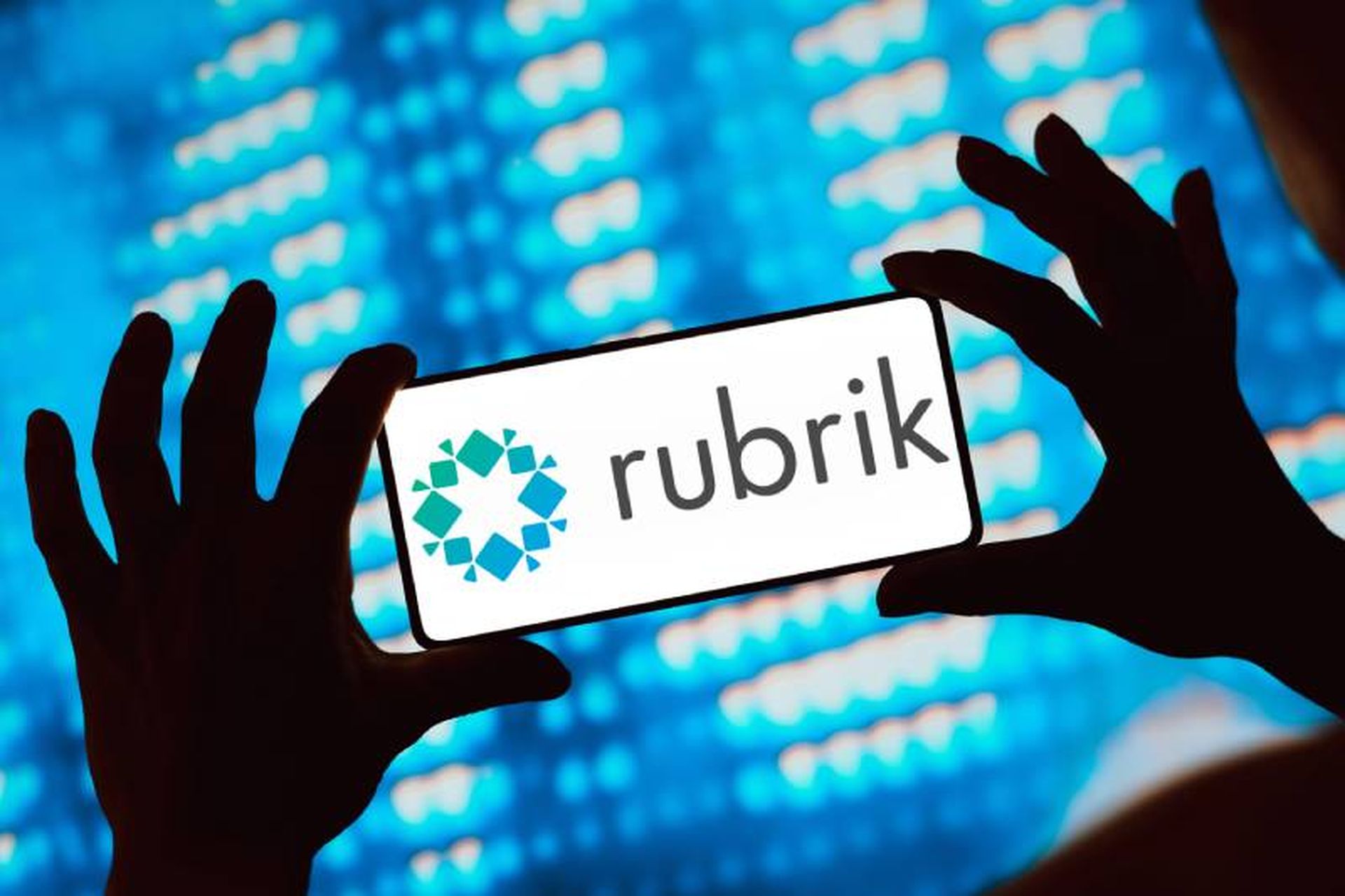The public cloud’s perceived cost benefits are often deceptive, especially for large-scale cloud applications and services, such as Secure Access Service Edge (SASE). In fact, public cloud adoption has become about achieving a faster time-to-market than about cost savings. With planning, deployment, hardware procurement, shipping, and data center setups all taken care of, organizations can respond to market trends and demand fluctuations faster. The public cloud gives them almost instant access to the infrastructure they need for handling increased compute demands as they emerge.
Public cloud options are cost-effective for short-term projects with fluctuating needs, but costs can accumulate over time for long-term, high-demand workloads, exceeding the expenses of building and maintaining a private infrastructure.
How public cloud impacts SASE delivery
When SASE took the networking and security market by storm just a few years ago, the use of public cloud platforms played a vital role in making it possible for rapid SASE deployment to meet emerging demands. To function reliably, SASE requires Points of Presence (PoPs) all over the world. Each PoP needs servers with sufficient compute power to operate continuously and additional resources to handle spikes and failover. It’s a massive and time-consuming undertaking, but the urgency to meet the surging demand for SASE necessitated swift delivery. As a result, many SASE deployments resorted to the public cloud for constructing SASE PoPs.
Networking and security companies leveraged the scalability and global reach of public clouds to add in the missing pieces within their existing services. They managed to assemble an integrated SASE platform in a short time. While this public cloud approach to SASE expedites its delivery, the cost implications quickly catch up to haunt such deployments. As such, the only possible outcomes for end-consumers are increased prices or reduced service quality. These unfavorable outcomes are less likely to occur if SASE services are deployed for profitability from the get-go.
How private infrastructure improves SASE delivery
Gartner initially introduced the term SASE to represent an integrated approach to networking and security delivered through the cloud. In addition to the public cloud, the desired approach to ensuring cloud delivery and a global reach was to build PoPs on privately owned infrastructure across numerous regions and connect them via a private networking backbone. However, back when SASE was introduced, this approach was only plausible for pioneering deployments that were designed after recognizing the market gap, instead of merely responding to the emerging trend. They had the time to evaluate the long-term consequences of public cloud infrastructure and build PoPs on infrastructure they fully owned and operated.
Building strategically distributed PoPs around the globe and establishing a private networking backbone requires logistically complex work, translating to substantial upfront investment and much slower time-to-market for services. But in terms of reliability, control, and cost, building such an infrastructure offers certain tangible benefits:
- Reliability: By having PoPs strategically dispersed across various geographic locations, the network can better withstand disruptions, failures, and connectivity issues in specific regions.
- Control: Owners take complete control of where they build and operate their PoPs and when it’s time to expand and grow their reach and services. With full autonomy over the network architecture, configurations, and maintenance, they can tailor the SASE services to meet specific performance and security requirements.
- Cost: Although building a private networking backbone may initially demand significant investment and time, it can prove cost effective overall. As the network scales and the number of users increase, economies of scale come into play, allowing for greater cost efficiencies. Providers can pass these cost efficiencies on to customers, decreasing prices over time.
Overall, this approach requires attorneys reviewing contracts, meticulous planning, and the support of an experienced operations team that can ensure a steady supply of servers and help overcome any supply chain issues that arise. But the overall benefits, freedom, and sustainability can help such deployments stand out for enterprises looking at long-term partnerships for their networking and security needs.
Organizations need to understand the long-term implications of public cloud or privately-owned infrastructure in SASE delivery before undergoing a commitment to SASE transformation. The public cloud lets legacy platforms adapt to sudden market shifts by tapping into the public cloud's readily available resources. This might give consumer enterprises a comforting combination of established reputation and innovation. That said, it also puts their SASE deployments at the mercy of major cloud players, eventually leading to excessively high costs of delivery. This deficit can eventually catch up, resulting in enterprises having to bear increased costs, lower quality of service, or platform migration. It’s crucial not to ignore this risk simply because of an established brand reputation.
To ensure a sustainable and reliable SASE deployment, ask the right questions and comprehend the provider's vision and foresight behind each decision they make. Understanding these issues will help set a strong foundation for the implementation of SASE architecture.
Etay Maor, senior director, security strategy, Cato Networks




